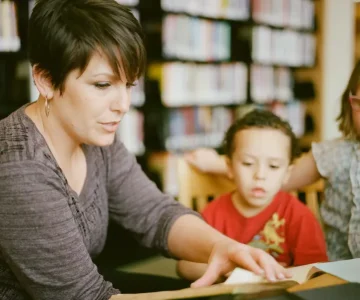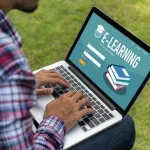Educational Technology, or EdTech, has grown from a niche concept into a central force in modern education, merging digital tools with teaching practices to create richer, more adaptable learning experiences. Its influence extends beyond the classroom, breaking down barriers to access, introducing personalized pathways, and opening doors to interactive and immersive learning methods.
Breaking Down Barriers to Access
One of the most transformative aspects of EdTech is its ability to make learning accessible to anyone, anywhere. Online platforms, from massive open online courses to digital libraries, bring high-quality resources from top institutions to learners across the globe. Students can now access e-books, academic articles, and instructional videos instantly, removing the constraints of location and cost.
Tailoring Learning to the Individual
Adaptive technologies have shifted education away from a one-size-fits-all model. Using performance data, these systems adjust content, pacing, and assessments to suit each learner’s strengths, weaknesses, and preferences. This ensures that students progress at their own speed, mastering concepts before moving forward and benefiting from a more personalized approach to education.
Encouraging Collaboration Across Borders
EdTech has expanded opportunities for students and teachers to connect and collaborate beyond physical classrooms. Video conferencing, shared workspaces, and online discussion boards enable cross-cultural exchanges, allowing learners to gain insights from diverse perspectives and work together on projects regardless of location.
Making Learning Engaging and Interactive
Game-based learning has become a powerful tool for driving engagement and motivation. By incorporating elements like points, levels, and rewards, educators can encourage participation while developing problem-solving and critical thinking skills. Popular platforms such as Minecraft and Roblox are being used to support project-based learning, fostering creativity and teamwork in dynamic, 3D virtual spaces.
Immersive Learning with VR and AR
Virtual reality and augmented reality take experiential learning to new heights. Students can explore historical landmarks, conduct virtual science experiments, or interact with 3D models that deepen their understanding of complex subjects—all within a safe, controlled digital environment. These tools offer opportunities that would be too costly, dangerous, or logistically difficult to replicate in real life.
Designing Effective EdTech Solutions
For EdTech to be truly impactful, it must be intuitive, inclusive, and scalable. User-friendly interfaces ensure that learners of all abilities can navigate platforms with ease. Data analytics can guide educators in making informed teaching decisions, while scalable systems ensure that tools remain effective across different educational contexts and evolving needs.
Navigating the Challenges
The benefits of EdTech come with important considerations. Bridging the digital divide is essential to ensure all students have equal access to technology. Safeguarding privacy, maintaining educational quality, and designing content that aligns with sound teaching principles are ongoing priorities for educators and developers alike.
Looking Ahead
The future of EdTech is filled with possibilities. Advancements in AI, VR, and AR promise increasingly sophisticated, immersive, and personalized learning experiences. With a growing emphasis on lifelong learning and global collaboration, educational technology is set to remain a driving force in shaping the next generation of learners.





